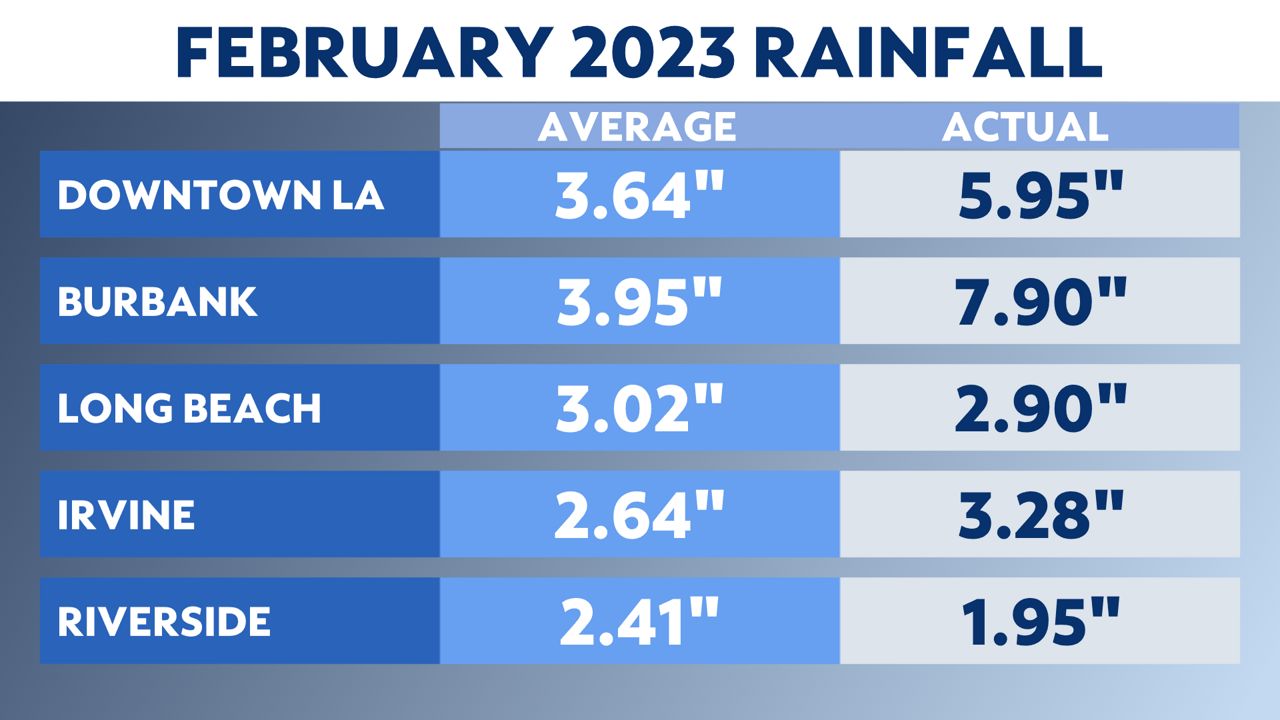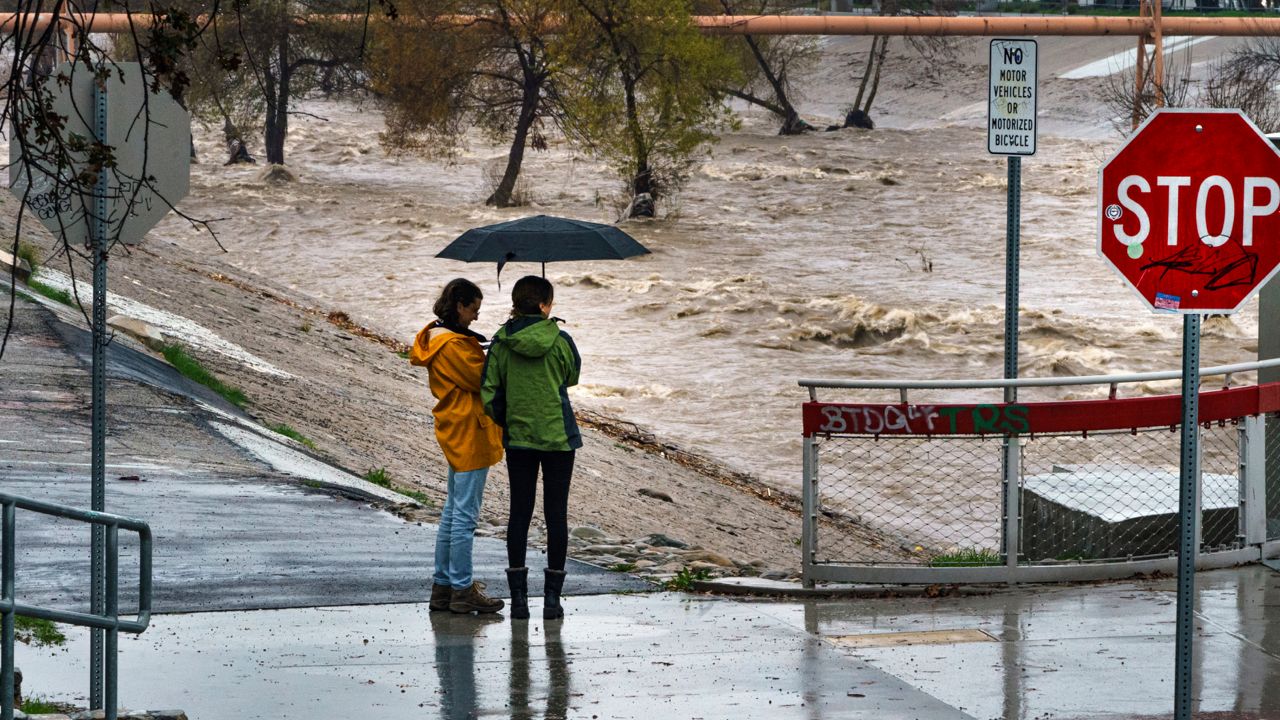You don't need to be an expert to know that this past winter in SoCal was incredibly wet.
It's hard not to notice after 13 atmospheric river storms swept through SoCal from November 8th through the end of March.
One atmospheric river storm is enough to cause some damage, but 13 atmospheric river storms in one winter season can do some major damage.



If you need more proof it was an incredibly stormy year, just look at the total rainfall for January through March for several cities compared to their monthly averages.
The so-called rain buckets for all cities are overflowing!



Before this winter season, the entire state of California was desperate for rain.
The state was knee-deep in drought after two drier than average winters.
Check out how this winter has filled up Lake Shasta in Northern California.


Multiple storms have put all SoCal cities over the top for the entire water season, which officially runs from October 1st to September 31st.
Rainfall for the first five months has already surpassed seasonal averages.

Experts emphasize that the drought is not officially over though.
We've yet to see what the melting snowpack will do to replenish California's groundwater - another source cities pull from during droughts.
Some experts say we will need next winter to be wet as well, with at least average rainfall to officially bust the drought.
Our team of meteorologists dives deep into the science of weather and breaks down timely weather data and information. To view more weather and climate stories, check out our weather blogs section.



